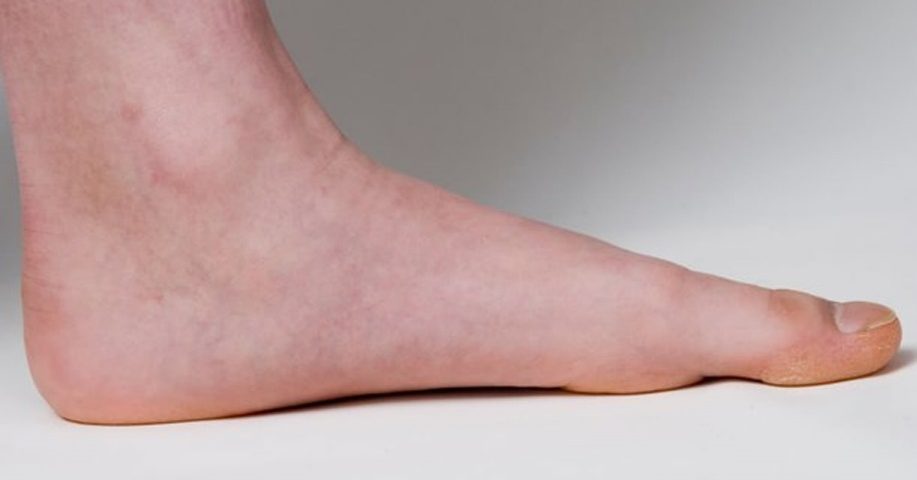Flat Foot Problems

Skin lesions sent off for biopsy, is it a concern?
October 17, 2023
Skin tags and skin lesions are different skin abnormalities, and they can be distinguished by their characteristics and underlying causes
October 17, 2023Correcting flat feet, also known as fallen arches or pes planus, typically involves a combination of conservative measures and, in some cases, medical intervention. The approach to correcting flat feet depends on the severity of the condition and whether it is causing pain or discomfort. Here are some strategies for correcting flat feet:
- Orthotic Insoles: Custom or over-the-counter orthotic insoles can provide arch support and help distribute weight more evenly across the foot. They can reduce pain and improve foot alignment.
- Foot Exercises: Specific exercises can help strengthen the muscles and tendons that support the arches of the feet. These exercises can be recommended by a physical therapist or found in instructional materials.
- Proper Footwear: Wearing supportive and well-fitted shoes with good arch support is essential for managing flat feet. Look for shoes designed for arch support and stability.
- Weight Management: Maintaining a healthy weight can reduce stress on the feet and improve arch support.
- Avoiding High-Impact Activities: If flat feet are causing pain or discomfort, it may be helpful to avoid high-impact activities that put extra strain on the feet, such as running or jumping.
- Stretching: Stretching exercises can help improve flexibility and reduce tension in the calf muscles, which can affect foot alignment.
- Physical Therapy: A physical therapist can provide personalized exercises and recommendations to address flat feet and associated issues.
- Orthopedic Shoes or Braces: In more severe cases or if conservative measures are ineffective, a healthcare provider may recommend orthopedic shoes or braces to provide additional support and stability.
- Surgery: Surgical intervention is typically considered a last resort and is reserved for severe cases of flat feet that do not respond to other treatments. Surgical procedures can include tendon repair, joint fusion, or implanting an arch support.
It’s important to consult with a healthcare provider or a podiatrist for a proper evaluation and personalized treatment plan if you have concerns about flat feet. They can assess the severity of your condition and recommend the most appropriate course of action to correct or manage flat feet effectively. Early intervention and proper care can help alleviate pain and prevent long-term complications associated with flat feet.



